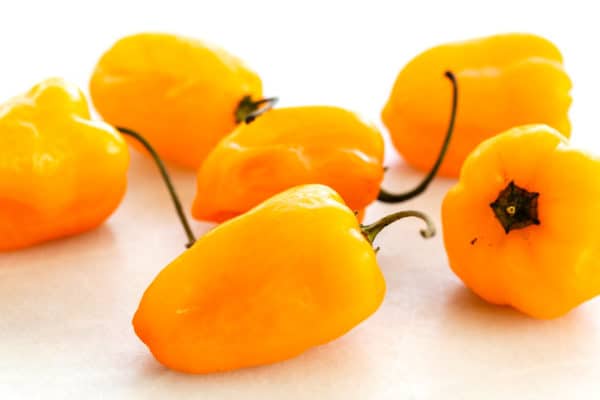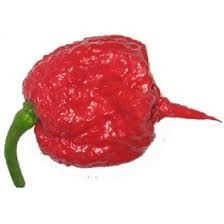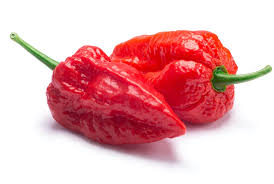Why did nature evolve with hot peppers? Nature wants its plants to spread, so if an herbivore eats something, it will spread through its digestive tract. Mammals will not eat hot peppers, so how are they supposed to spread? By birds! Birds do not have heat receptors in their mouth, so they will eat the seeds and fly spreading the plants further than mammals.
What makes a pepper hot? The culprit is called capsaicin which lines the interior of the pepper and the seeds. This compound is odorless and tasteless. The pain released in the human body from the pepper releases endorphins giving the eater a feeling of bliss so that is why some people like hot peppers.

In 1912 Wilbur Scoville created a chart listing the “heat” of various peppers. We still use that today adding new varieties every year, called the Scoville Heat Chart. Sweet Bell Peppers rate a 0 to the hottest pepper, the Carolina Reaper rating to 2,200,000.

The heat of the pepper depends on the person. Some can handle Habaneros’ while others think Anaheims are too hot. When handling hot peppers over 100,000 in particular, were disposable rubber gloves and work outside. People in companies that make sauces out of the ghost pepper wear HAZMAT suits and respirators.

